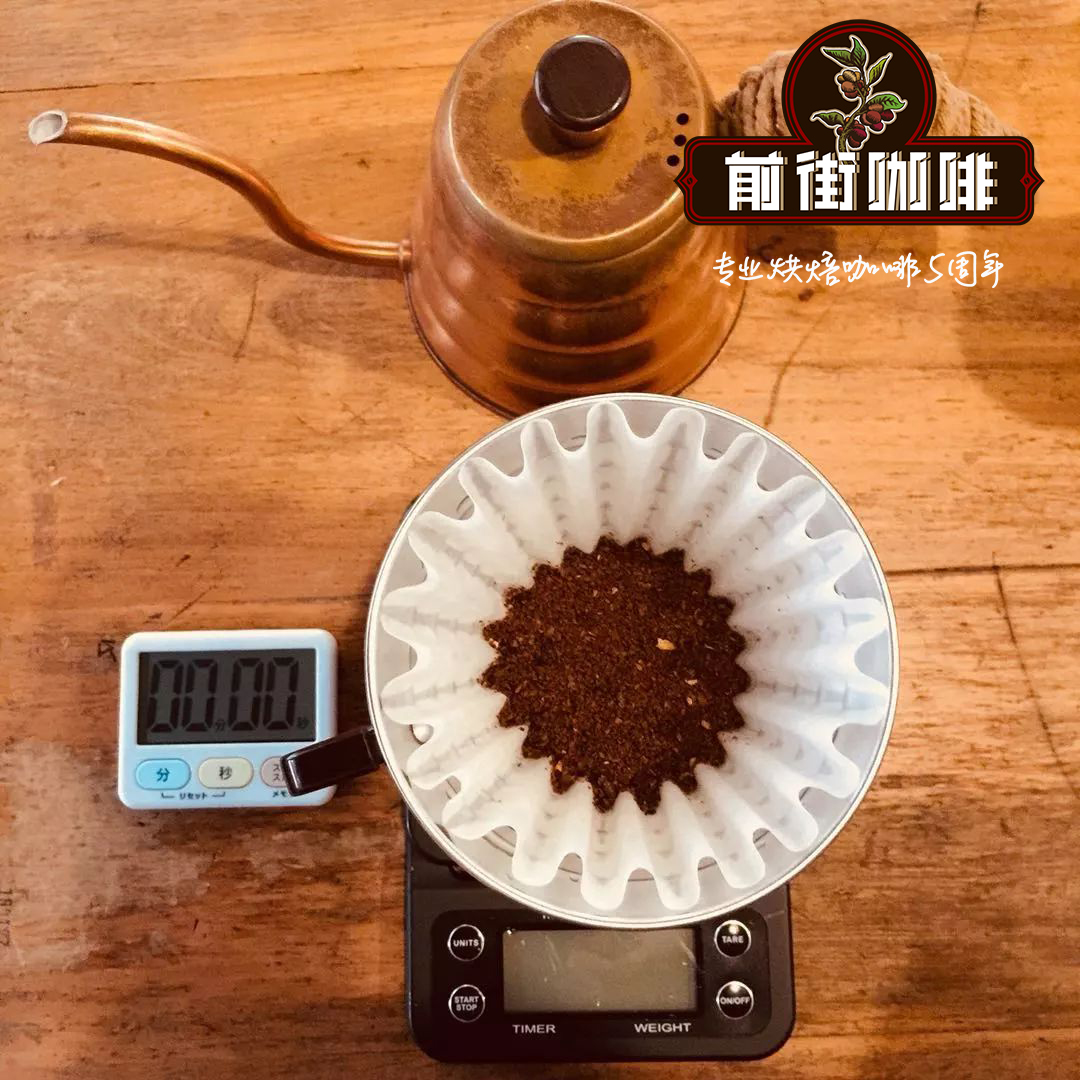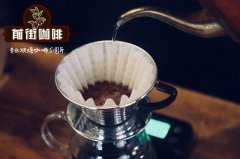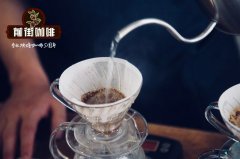How do you usually drink hand-made coffee? What coffee beans do you use to make coffee by hand?

Professional coffee knowledge exchange More coffee bean information Please pay attention to coffee workshop (Weixin Official Accounts cafe_style)
The brewing of a cup of hand-brewed coffee begins with the selection of beans. The flavor and texture of the ingredients themselves determine the words you can say. And about choosing beans, about understanding what each coffee bean is saying, there is no shortcut, only one way is to personally increase the personal experience of drinking coffee. For example, try coffee from different regions in one cafe, or experience different interpretations of the same bean in multiple cafes to broaden your horizons.
However, we can still try to draw latitude and longitude in our minds through reading, by the characteristics of origin and roasting degree, so as to avoid getting lost in the vast sea of coffee, but remember to keep an open mind to face each hand brewing coffee bean in front of us.
made in
Africa: African beans are represented by Ethiopia. Washed yega-sherfie often has floral and citrus notes, light and elegant; sun-treated yega-sherfie has a rich aroma, or rich berry notes, or rich fruit notes. Another representative country is Kenya. Typical Kenya not only has dark plum flavor, but also its solid and heavy taste is unique among African beans.
Central and South America: Central and South America is generally known for its mild, balanced flavors. Often nut, caramel flavor as the main performance. Brazil and Colombia were known in the past. In recent years, Panama's Geisha coffee has gained a lot of attention due to its distinctive strong nectar citrus flavor, which has repeatedly achieved good results in international competitions.
Asia: The Asian representative is Sumatra in Indonesia, which is what we often hear about Mantenin. Low acidity, excellent body, combined with unique heavy wood, herbal flavor, coffee in the Oriental flavor.
roasting degree
Light roast: Coffee in light roast performance under the performance of its original flavor is easier to show, such as floral, fruit, herbal type aroma. However, coffee beans are also roasted from the seeds of fruits, so it is easy to have a clear sour taste of fruits under light roasting.
Medium roast: coffee in the medium roast, it is easier to present such as nuts, honey and other caramel aroma, or honey, sweetness performance is obvious, acid gradually weakened. A little deeper will give you chocolate flavor.
Deep roast: Deep roast coffee is probably the coffee flavor we take for granted. Deep-roasted coffee usually does not have an acid taste, and the bitterness gradually increases. It is accompanied by smoky, carbon-baked, woody, spicy and other odors.
Every time I go to a shop, I often order water washed Ye Jia Xue Fei. One is because the washed Yerga Shefi itself is a classic basic model, and the other is that you can understand the positioning of this shop through the roasting of this coffee in a shop. At the same time, Yejia Xuefei is one of the most representative producing areas in the era of fine coffee. He also recommends that beginners start with the classics of each era, such as the present-day Yerkashefi, or the old Jamaica Blue Mountains, from which we can look at the aspects emphasized by each era and extend as a reference point.
END
Important Notice :
前街咖啡 FrontStreet Coffee has moved to new addredd:
FrontStreet Coffee Address: 315,Donghua East Road,GuangZhou
Tel:020 38364473
- Prev

Which coffee beans are suitable for hand brewing? How to drink four kinds of coffee beans?
Professional coffee knowledge exchange More coffee bean information Please pay attention to coffee workshop (Weixin Official Accounts cafe_style) Break the price myth Although fine coffee is generally higher in price and better in quality than general commercial coffee, remember that in the world of fine coffee, the principle of one penny for one item may not always be established. like an island coffee from Jamaica or Hawaii.
- Next

What are the criteria for choosing hand-brewed coffee beans? Four types of hand-brewed coffee recommended
Professional coffee knowledge exchange More coffee bean information Please pay attention to coffee workshop (Weixin Official Accounts cafe_style) A: First of all, do not choose supermarket coffee beans. Hand-brewed coffee stresses freshness, and the taste period is only about one month, while supermarket coffee has long lost its original taste after long transportation and storage. More importantly, don't buy coffee! because
Related
- Beginners will see the "Coffee pull flower" guide!
- What is the difference between ice blog purified milk and ordinary milk coffee?
- Why is the Philippines the largest producer of crops in Liberia?
- For coffee extraction, should the fine powder be retained?
- How does extracted espresso fill pressed powder? How much strength does it take to press the powder?
- How to make jasmine cold extract coffee? Is the jasmine + latte good?
- Will this little toy really make the coffee taste better? How does Lily Drip affect coffee extraction?
- Will the action of slapping the filter cup also affect coffee extraction?
- What's the difference between powder-to-water ratio and powder-to-liquid ratio?
- What is the Ethiopian local species? What does it have to do with Heirloom native species?

